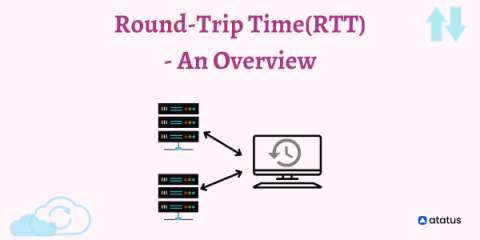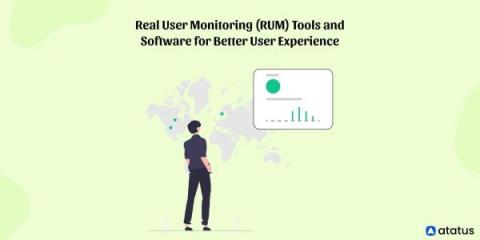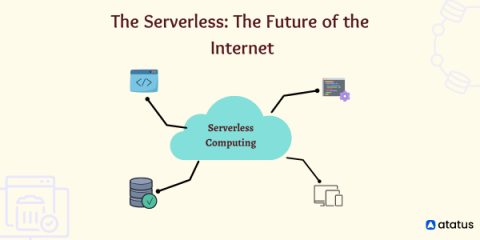Data Obfuscation
Data Obfuscation is a way of making data unreadable or unusable if data breach occurs. It is like providing security to the data by encrypting it or masking it in order to make it unreadable even when the hackers can do a successful data breach. Data breaching is very common these days and every organization must protect its own data. Even if we cannot stop the data breach completely, we can save the data we have by means of data obfuscation.











